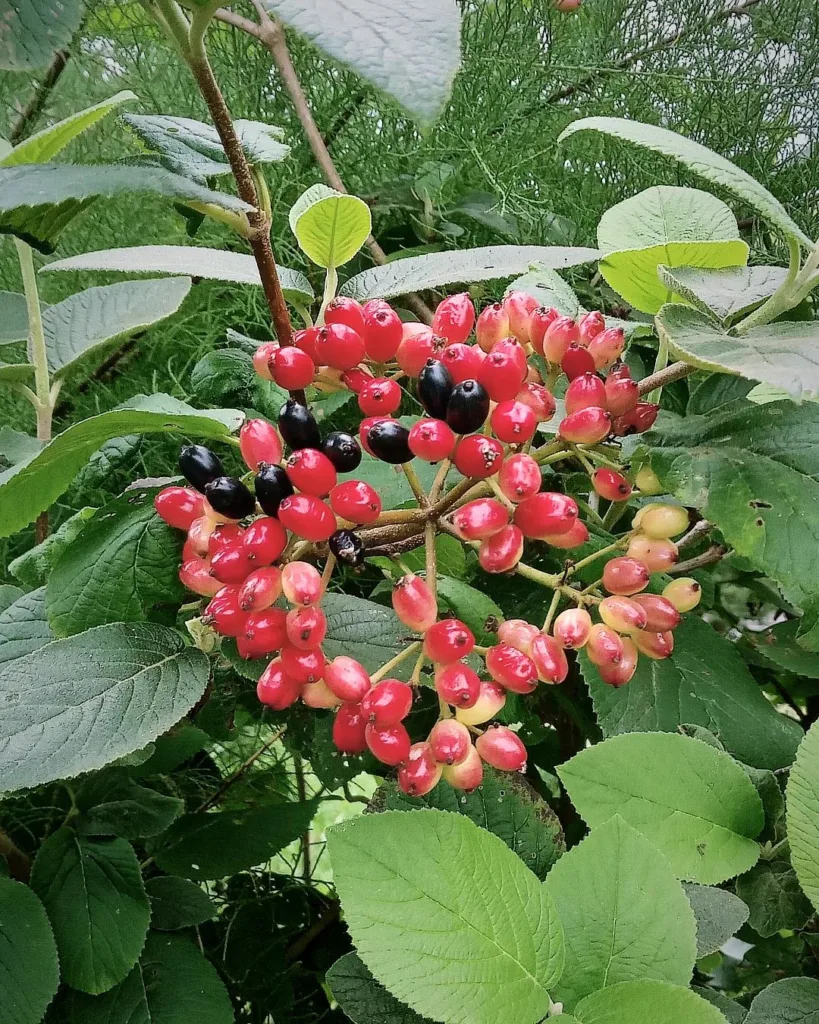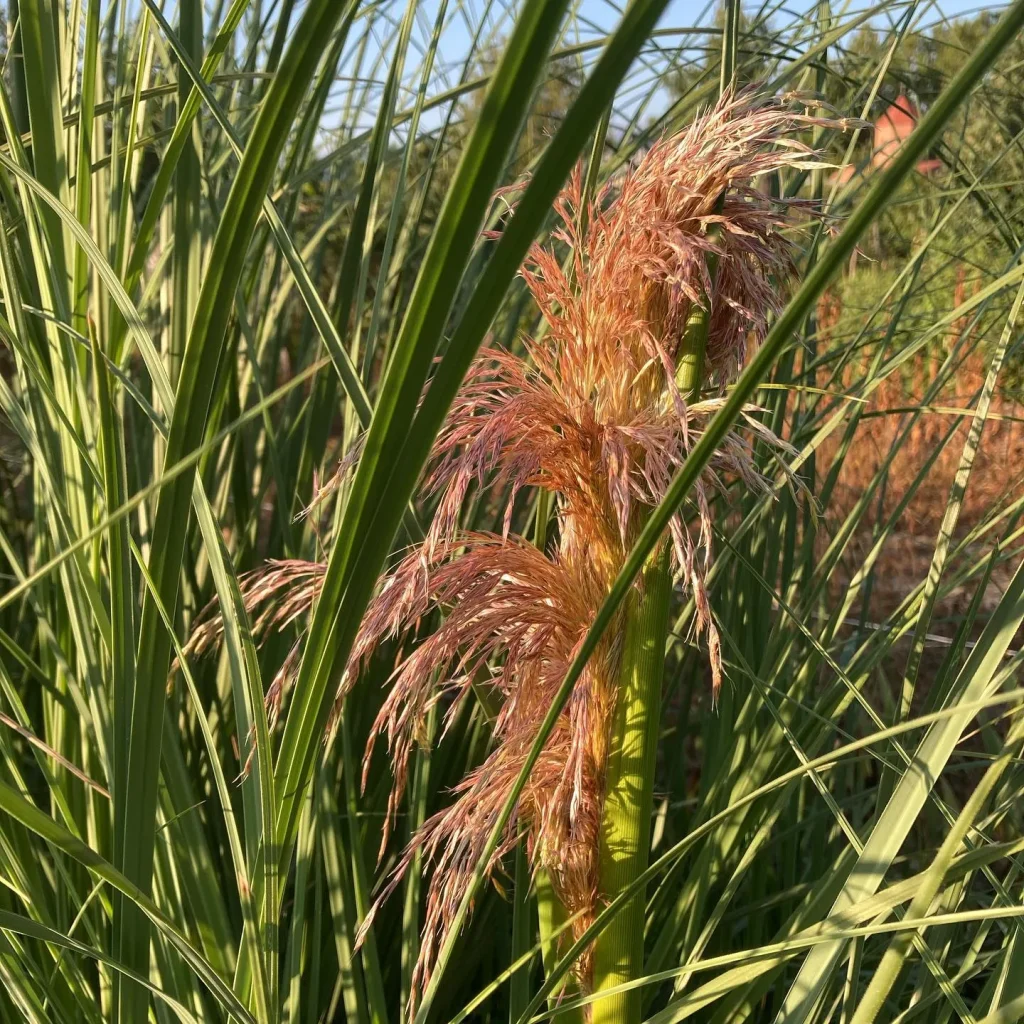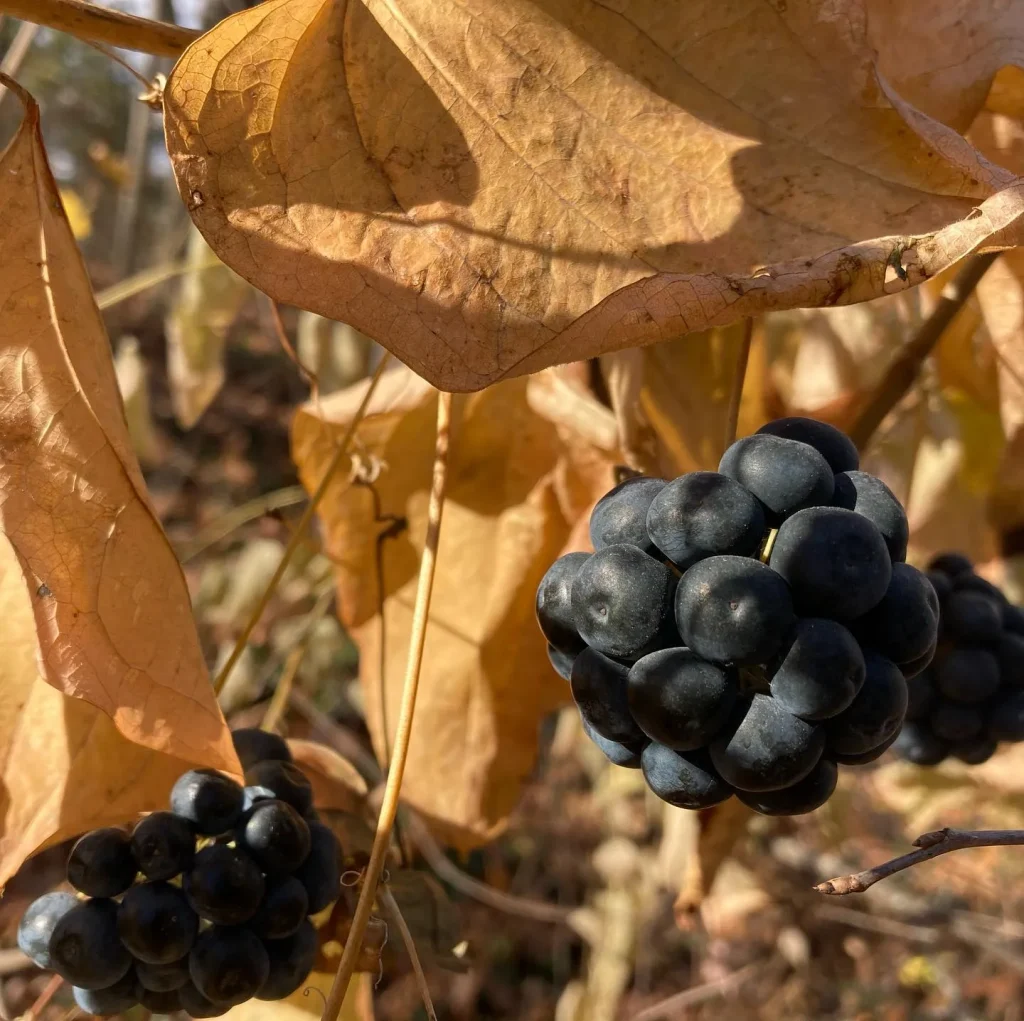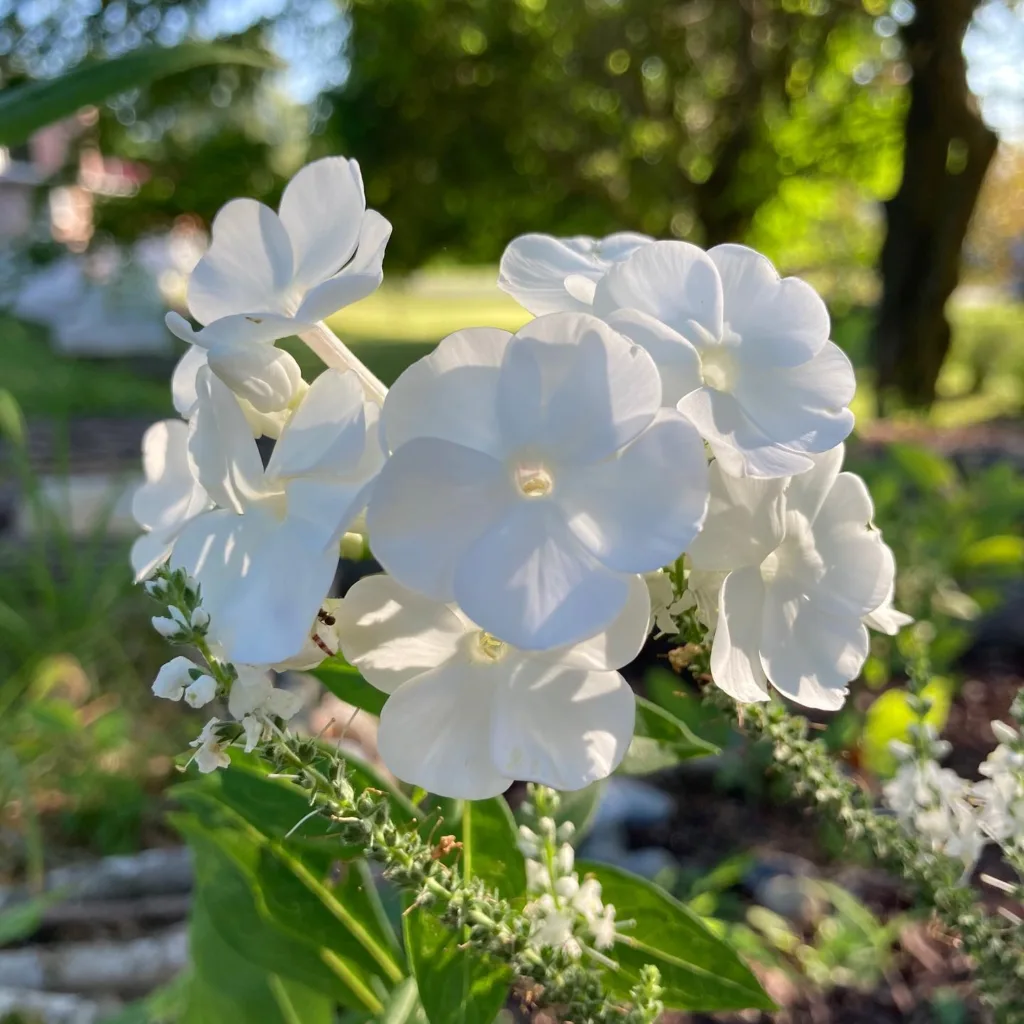FAQs About Hesperoyucca Whipplei
I’ve had a fascination with succulents for a while now, and one plant that consistently catches my eye is the Hesperoyucca Whipplei. Commonly known as the Whipple Yucca or the Our Lord’s Candle, this striking plant belong to the Asparagaceae family, is native to the southwestern United States and Mexico. It’s known for its dramatic appearance and ease of care. Here’s a guide to answer some of the most frequently asked questions about this unique plant.
Plant Family: 119 Genera in Asparagaceae
How Tall Does the Hesperoyucca Whipplei Grow?
One of the first things people ask about the Hesperoyucca Whipplei is its size. Typically, the plant grows between 3 to 5 feet tall, though under ideal conditions, it can reach up to 7 feet. The rosette of spiky leaves can spread out to about 4 feet wide, making it a prominent feature in any garden. Its tall flower spikes, which can shoot up another 2 to 3 feet, add to its impressive stature.
How to Care for Hesperoyucca Whipplei?
Caring for the Hesperoyucca Whipplei is relatively straightforward. Here are the basics:
- Light: This plant thrives in full sun. It needs at least 6 hours of direct sunlight each day to grow well and maintain its vibrant appearance.
- Watering: The Whipple Yucca is drought-tolerant and requires minimal watering. Allow the soil to dry out between waterings. Overwatering can lead to root rot.
- Soil: Well-draining soil is crucial. A cactus or succulent mix works best, as it ensures proper drainage and prevents water from sitting around the roots.
- Temperature: It can handle a range of temperatures but prefers warm climates. It is frost-sensitive, so if you live in a colder area, consider bringing it indoors during winter.
How to Propagate Hesperoyucca Whipplei?
Propagation of the Hesperoyucca Whipplei can be done through seeds or offsets:
- Seeds: Start seeds in a well-draining soil mix and keep them in a warm, sunny location. Germination can take a few weeks to a couple of months.
- Offsets: The plant produces offsets or “pups” that can be separated and planted individually. These offsets usually form around the base of the parent plant. Wait until they have grown to a sufficient size before separating them.
What to Plant With Hesperoyucca Whipplei?
Pairing the Whipple Yucca with other drought-tolerant plants can create a stunning xeriscape garden. Consider planting it with:
- Desert Marigold: Its bright yellow flowers contrast beautifully with the Yucca’s spiky leaves.
- Red Yucca: This plant has similar care requirements and adds a splash of color with its red flower spikes.
- Agave: Agave plants can complement the Yucca’s architectural form and thrive in similar conditions.
Can You Grow Hesperoyucca Whipplei Indoors?
Growing the Hesperoyucca Whipplei indoors is possible, but it requires a lot of light. A south-facing window is ideal to provide the necessary sunlight. Ensure the plant has enough space to accommodate its potential height and spread. Indoors, it may not grow as large or flower as frequently as it does outdoors.
Is Hesperoyucca Whipplei Toxic?
The Hesperoyucca Whipplei is not considered toxic to humans or pets. However, as with many plants, it’s best to keep it out of reach of small children and pets to avoid any accidental ingestion of leaves or other parts.
Benefits of Hesperoyucca Whipplei
The Whipple Yucca is not just a visually appealing plant; it also offers several benefits:
- Low Maintenance: Its drought tolerance and minimal care requirements make it an excellent choice for busy gardeners or those new to succulent care.
- Architectural Interest: Its striking rosette and tall flower spikes add a dramatic touch to any garden.
- Environmental Adaptability: It thrives in dry, low-water conditions, making it perfect for arid climates and drought-prone areas.
Common Problems with Hesperoyucca Whipplei
While the Whipple Yucca is relatively hardy, there are a few issues to watch for:
- Root Rot: This is the most common problem, often caused by overwatering or poorly draining soil. Ensure proper drainage and let the soil dry out between waterings.
- Pests: Watch for pests like spider mites or mealybugs, especially if the plant is grown indoors. Regularly inspect the plant and treat any infestations promptly.
Compare with Similar Plants
The Hesperoyucca Whipplei is often compared to other yucca species, such as the Yucca filamentosa. Here’s a quick comparison:
- Yucca Filamentosa: This plant is generally shorter and has more fiber in its leaves compared to the Hesperoyucca Whipplei. It also has a different flower structure.
- Yucca Rostrata: Known for its blue-green leaves and taller growth habit, Yucca rostrata is another impressive yucca but requires slightly different care conditions.
The Hesperoyucca Whipplei is a fantastic addition to any garden, offering a dramatic presence with relatively low maintenance. Whether you’re growing it indoors or outdoors, its unique beauty and adaptability make it a worthwhile plant to consider.
If i die, water my plants!



